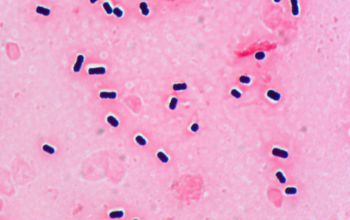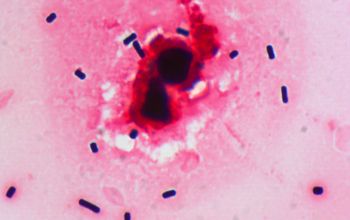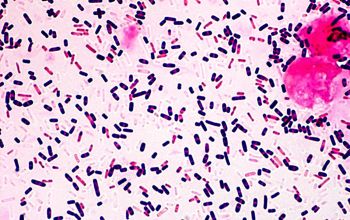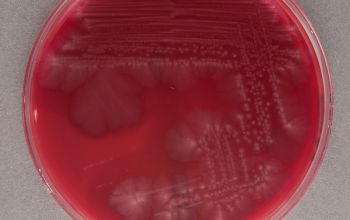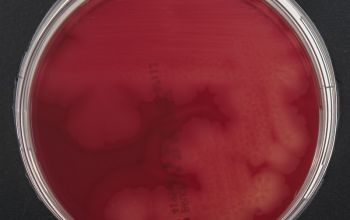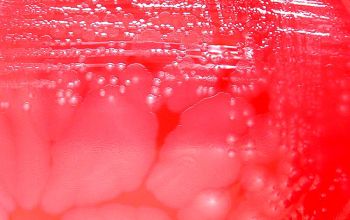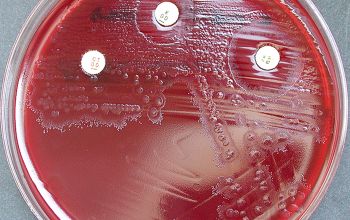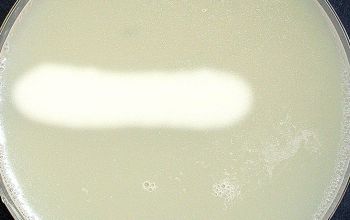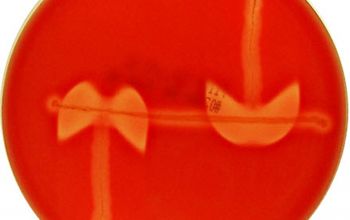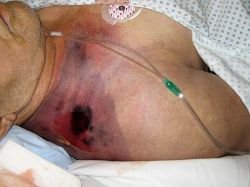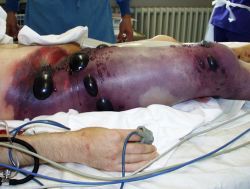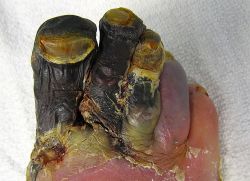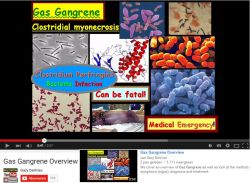Preoperative photography of a patient with gas gangrene due to Clostridium perfringens.
Erythema of the right shoulder with an area of necrosis can be seen.
At this juncture crepitus is palpable in the subcutaneous tissue of the shoulder and the upper arm. In comparison, the erythema shows a massive progression.
photo:Engelbert Schröpfer, Stephan Rauthe and Thomas Meye
https://commons.wikimedia.org/wiki/File:Gas_gangrene_shoulder.jpg
Gas gangrene of the right leg and pelvis, showing swelling and discoloration of the right thigh, bullae, and palpable crepitus. The patient, in shock at the time this photograph was taken, underwent a hemipelvectomy and died less than eight hours later.
Author Engelbert Schröpfer
Diagnosis and misdiagnosis of necrotizing soft tissue infections: three case reports. Cases J 2008, 1:252. doi: 10.1186/1757-1626-1-252
https://commons.wikimedia.org/wiki/File:Gas_gangrene.jpg
Gangrene of the 1st to 4th toes of the right foot in person with diabetes.
Author James Heilman
wikipedia
https://commons.wikimedia.org/wiki/File:GangreneFoot.JPG
Clostridium perfringens
-
General information
Taxonomy
Family: Clostridiaceae
Natural habitats
This species is more widely spread in nature than any other pathogenic microorganism.
Human and animals frequently carry C. perfringens as part of normal endogenous flora.
Clinical significance.
C. perfringens is the species of Clostridium most commonly isolated from infections in humans; such infections are often polymicrobial.
It is most commonly recovered from infectious derived from the colonic flora (e.g., peritonitis, intra-abdominal abscess and soft tissue infections below the waist)
C. perfringens can cause severe food poisoning, as well as being the cause of the rapidly developing gas gangrene and
are the principal cause of trauma-associated gas gangrene and their incidence increases dramatically in times of war, hurricanes, earthquakes, and other mass casualty conditions.
-
Gram stain
Gram positive boxcar shaped rods,
0.6-2.4 x 1.3-19.0 µm,
occurring singly or in pairs.
Spores are rarely seen in vivo or in the usual in vitro conditions
Spores oval / subterminal
Swelling of the cell positive
-
Culture characteristics
-
Obligate anaerobic
BBAØ: colonies are 2-5 mm in diameter, dome shaped, translucent with a glossy surface, or may be rough and flat, gray to grayish yellow.
Most strains produce a narrow zone of complete hemolysis due to the theta toxin and a surrounding zone of incomplete hemolysis due to the alpha toxin. (double zone of β-hemolysis)
Some type B or C strains may produce a very wide zone of haemolysis due to delta toxin.
-
-
Characteristics
-
References
James Versalovic et al.(2011) Manual of Clinical Microbiology 10th Edition
Karen C. Carrol et al (2019) Manual of Clinical Microbiology, 12th Edition



